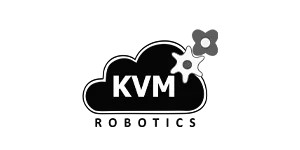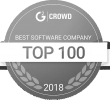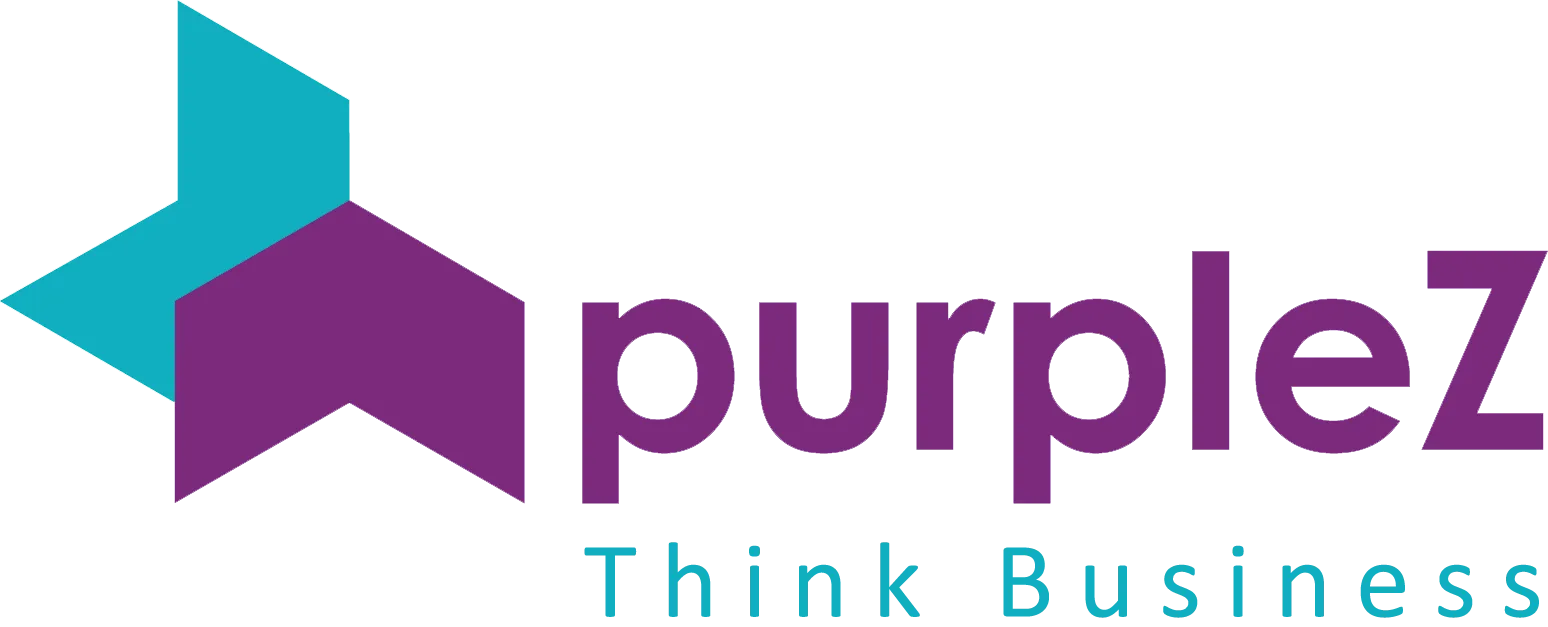Content Distribution Services by PurpleZ
Making content alone won’t help your brand stand out in the digital world. You must use the appropriate content distribution channels to reach the correct audience at the right moment if you want to genuinely grab attention and produce results. PurpleZ specializes in providing excellent content distribution services that optimize the impact of your content on many platforms. Our staff develops solutions that enhance your brand and guarantee quantifiable success, whether you require assistance with branded content distribution, article distribution services, or a strong video content distribution network.
What is Content Distribution ?
The methodical sharing and marketing of digital content across several platforms to guarantee that your message reaches its intended audience is known as content distribution. To increase reach and engagement, it entails utilizing content distribution channels such as social media, email, paid advertising, and specialized networks.
For businesses, this means carefully placing your content where it matters most by employing tools like a content distribution network or paid content distribution. A well-organized content distribution strategy ensures that your digital assets—from blogs and articles to videos and infographics—produce the desired outcomes.
The Importance of a Plan Strong Content Distribution
Without an effective content distribution strategy, even the best content may go unnoticed in a congested digital world. Here’s why a carefully considered strategy is crucial:
Ensuring Maximum Visibility:
Your content is exposed on the most pertinent platforms when you use a content marketing distribution network, which helps your business realize its greatest potential. A solid strategy guarantees visibility in a crowded industry, whether it be through article distribution services or digital content delivery.
Generating Engagement:
Posting content is only one aspect of engaging your audience; you also need to strategically distribute it over the appropriate content distribution channels to encourage interaction, likes, comments, and shares.
Boost Search Engine Rankings:
Your message will be understood by prospective clients if you have a targeted content delivery strategy, which will convert leads into devoted consumers. PurpleZ optimizes your distribution and content strategy for success.
PurpleZ Content Distribution Services
In order to satisfy our clients’ various needs, PurpleZ offers a full range of content distribution services. Our experience guarantees that the appropriate strategy is used to get the right people to see your content at the correct moment.
Core Services We Offer
- Content Creation and Distribution
From content creation to distribution, we take care of everything, making sure that top-notch materials are produced and distributed across platforms with the best performance. - Blog Content Distribution
By distributing your blogs throughout top content marketing distribution channels, our team makes sure they reach a larger audience. - Article Distribution Services
We offer one of the best article distribution services, making sure your articles appear on reliable sites to increase traffic and establish credibility. - Paid Content Distribution
We are experts at paid content distribution for focused campaigns, making sure your material reaches the most pertinent audience segments. - Video Content Distribution Network
Videos are an extremely effective marketing tool. We make sure your videos receive the recognition they deserve by using our network for video content distribution. - Content Distribution & Link Building Services
To improve SEO and online exposure, our strategy combines smart link-building with content marketing distribution channels.
Technical SEO Audit Service
Identify Keywords
Identify the most relevant and important keywords for your website and content.
Content Audit
Review existing content and assess how well it is optimized for the identified keywords and other SEO best practices.
Website Audit
Perform an audit of the website structure and content to determine how well it is optimized for the identified keywords.
Reporting
Provide a detailed report outlining the findings and recommendations for improving the website and content to improve search engine visibility.
Features of a Winning Content Distribution Strategy
Your marketing spending will get the maximum return thanks to our content distribution strategy. Here’s how we produce outstanding outcomes:
Comprehensive Planning:
To develop a personalized content distribution strategy, we examine your target audience, objectives, and market trends.
Multi-Channel Distribution:
We pick the best channels for your company, from digital content delivery to specialized content distribution platforms.
Advanced Tools and Automation:
We optimize productivity and reduce procedures through automated content distribution, enabling regular and timely exchange.
Measurable Results:
You may observe how our content distribution services produce measurable outcomes by looking at the comprehensive performance tracking that is included in every campaign.
Scalable Solutions:
Whether you're concentrating on local outreach or entering international markets, our solutions develop with your business.
How PurpleZ Executes Content Distribution
Step 1: Content Audit and Development
We begin by reviewing your current content and looking for any gaps. Next, in accordance with your objectives, we develop a unique content delivery strategy..
Step 2: Choosing Distribution Channels
From blog content distribution to paid content distribution, our team determines the most efficient content distribution channels to ensure maximum reach.
Step 3: Scheduling and Automation
We use automated content distribution tools to plan articles at the best times to reach and engage your audience.
Step 4: Real-Time Monitoring and Adjustments
To get the best results, we use advanced analytics to continuously evaluate performance and adjust your content distribution plan.
Step 5: Reporting and Insights
Openness is essential. We offer thorough reports that point out the accomplishments and potential areas for development of your campaign.
The Benefits of Working with PurpleZ
PurpleZ offers more than just content creation and distribution outsourcing. It’s about accurately and effectively reaching your marketing objectives.
- Elevated SEO Rankings: Through smart distribution and backlinks, we help you raise your search engine ranks with our content distribution & link building services.
- Increased Brand Authority: Your company becomes a market leader through consistent branded content distribution.
- Wider Audience Reach: With our multi-channel strategy, which includes digital content delivery and content marketing distribution channels, you may reach unexplored areas.
- Enhanced ROI: We guarantee that your content distribution strategy yields a greater return on investment by concentrating on performance.
- Effortless Automation: You may achieve outstanding outcomes while saving time and money with automated content distribution.
Frequently Asked Questions
How does PurpleZ select content distribution channels?
To choose the best content marketing distribution channels for your requirements, we assess your audience, content kind, and goals.
Is article distribution still effective for SEO?
Indeed, article distribution services are still a very effective way to increase domain authority, get backlinks, and raise search engine ranks.
What is a video content distribution network?
A system for distributing video content across several platforms, including social media, YouTube, Vimeo, and others, in order to increase visibility and interaction is called a video content distribution network.
What is the difference between content marketing and content distribution?
While content distribution makes sure that the correct audience receives the content through targeted sharing and promotion, content marketing concentrates on producing great content.
Can I measure the success of my content distribution plan?
Of course! To demonstrate the effectiveness of your content delivery strategy and provide suggestions for enhancement, we offer comprehensive analytics and reporting.












Bronze
- No. of Pages: 20
- Keyword Audit
- Competitor Analysis
- On-Page Optimization
- Content Suggestions
- Link Analysis
- Page Speed Audit
- Usability Audit
- Schema Markup
- Conversion Rate Optimization
- Reporting & Recommendations
- Consultation
Bronze
- No. of Pages: 50
- Keyword Audit
- Competitor Analysis
- On-Page Optimization
- Content Suggestions
- Link Analysis
- Page Speed Audit
- Usability Audit
- Schema Markup
- Conversion Rate Optimization
- Reporting & Recommendations
- Consultation
Gold
- No. of Pages: 150
- Keyword Audit
- Competitor Analysis
- On-Page Optimization
- Content Suggestions
- Link Analysis
- Page Speed Audit
- Usability Audit
- Schema Markup
- Conversion Rate Optimization
- Reporting & Recommendations
- Consultation
Purple
- No. of Pages: 500
- Keyword Audit
- Competitor Analysis
- On-Page Optimization
- Content Suggestions
- Link Analysis
- Page Speed Audit
- Usability Audit
- Schema Markup
- Conversion Rate Optimization
- Reporting & Recommendations
- Consultation
Starter
- Unlimited Distribution
- Multi-format Support
- Analytics & Reports
- Content Performance
- Social Media
- Marketing Tools
- Customizable Storefront
- Digital Rights Management
- Dedicated Support
Small to Medium
- Unlimited Distribution
- Multi-format Support
- Analytics & Reports
- Content Performance
- Social Media
- Marketing Tools
- Customizable Storefront
- Digital Rights Management
- Dedicated Support
Enterprise
- Unlimited Distribution
- Multi-format Support
- Analytics & Reports
- Content Performance
- Social Media
- Marketing Tools
- Customizable Storefront
- Digital Rights Management
- Dedicated Support
Succeeded Projects
Working Hours were spent
The awards won by our team.
Our marketing agency is frequently described by our clients as exceptionally innovative and results-driven, a reputation that is underscored by the numerous industry awards we have won for our cutting-edge campaigns and outstanding client service.










What our clients
say about us.
Posted onTrustindex verifies that the original source of the review is Google. We couldn't be happier with PurpleZ Marketing in Irvine! As a business right here in Orange County, we needed a marketing partner that truly understood our local market. Specifically, we were looking for a team that could revamp our website and boost our online presence. PurpleZ delivered an exceptional website that's not only beautiful but also incredibly effective. They clearly have a knack for web design, and understand how to optimize for local searches. Since the launch, we've seen a significant increase in traffic from customers looking for services right here in Irvine and the surrounding areas. Navid Noor and his marketing team were fantastic to work with. They took the time to understand our business and target audience, and they were always responsive to our questions and feedback. If you're looking for a reliable marketing agency in Irvine, especially for website development and digital marketing, PurpleZ is a fantastic choice. They've definitely earned our 5-star recommendationPosted onTrustindex verifies that the original source of the review is Google. I am beyond thrilled with the website created for my new pottery studio by Purple Z. From start to finish, their team was incredibly professional, attentive, and creative. They took the time to understand my vision and transformed it into a beautiful, functional, and user-friendly website that truly reflects my brand and artistic style. The design is visually stunning, easy to navigate, and perfectly tailored to my business needs. They also provided great support and guidance throughout the process, ensuring everything was seamless and stress-free. I highly recommend "Purple Z " to anyone looking for a reliable and talented team to bring their business online. Thank you for your hard work and dedication!Posted onTrustindex verifies that the original source of the review is Google. We could not be happier with PurpleZ and our personal team representative, Reza. Since our first consultation they took the time to review our website before hand and run through it again with us in order to nail down the pain points and how they could provide solutions to our marketing and online presence issues. After moving forward and giving the go ahead PurpleZ went to work quickly building a website that truly delivered on the promises they made. Reza and the PurpleZ team were quick and responsive with any changes we felt needed to be made. It became apparent that they understood the marketing game on a level we didn't and it was refreshing to see the organized way that they delivered on everything we laid out for our website and marketing goals. I couldn't recommend them enough! if there were a sixth star I would have clicked it!Posted onTrustindex verifies that the original source of the review is Google. Purple Z has been a game-changer for my business, NikooCake. Their team truly understood my brand and goals, delivering innovative strategies that boosted my online visibility and helped attract more clients. Their expertise in social media, content creation, and digital advertising, combined with a data-driven approach, brought real, measurable growth. I especially appreciated their clear communication and personalized strategies, which made every step of the process seamless and effective. If you’re looking for a marketing agency that delivers results and truly cares about your success, I highly recommend Purple Z!Posted onTrustindex verifies that the original source of the review is Google. I can’t express in words what a great experience I have had working with Purplez. Beside helping our business grow substantially over the past 4 years they have always responded immediately when we needed their help even on weekends and holidays. You don’t often see that kind of customer service. I highly recommend them! YrmaPosted onTrustindex verifies that the original source of the review is Google. I had an amazing experience working with PurpleZ Video Marketing Agency in Irvine! Their team is highly professional, creative, and truly understands how to craft impactful video content. From concept to execution, they exceeded my expectations and helped elevate our brand’s presence. Highly recommend them for anyone looking to take their video marketing to the next level!Posted onTrustindex verifies that the original source of the review is Google. ⭐⭐⭐⭐⭐ We recently had the pleasure of working with Purplez Marketing Company for our website redesign and a video shoot, and we couldn't be more satisfied with the results. The team demonstrated exceptional professionalism and creativity throughout the entire process. From the initial consultation to the final delivery, Purplez kept us informed and involved, ensuring that our vision was accurately captured. The new website design is not only visually stunning but also user-friendly, significantly enhancing our online presence. Additionally, the quality of the video produced exceeded our expectations, perfectly highlighting the key aspects of our brand. Their attention to detail and commitment to excellence truly set them apart. We highly recommend Purplez Marketing Company to anyone looking for top-notch marketing services. Thank you, Purplez, for a job well done!Posted onTrustindex verifies that the original source of the review is Google. PurpleZ marketing agency in Irvine has been incredible from start to finish! They took the time to fully understand our advertising plan and developed a tailored strategy that fit our needs perfectly. Their paid campaign management was seamless, and their creativity and expertise really shone through in every aspect. The results have been outstanding—far exceeding our expectations. If you’re looking for a marketing team that truly understands marketing and delivers measurable success, PurpleZ is the agency to work with!Posted onTrustindex verifies that the original source of the review is Google. I can’t say enough good things about PurpleZ marketing agency! They totally nailed our marketing plan, and their video production skills are next-level. The videos are so cool and really capture our brand’s vibe. Their content marketing team is also top-notch. They know how to create content that people actually want to read, and it’s been a huge help in getting us more visibility online. If you’re looking for a marketing team that knows what they’re doing, PurpleZ is the way to go!
Drive Results with PurpleZ Content Distribution Agency
A reputable content distribution agency dedicated to producing tangible, quantifiable outcomes is what you get when you work with PurpleZ. Allow us to create a tailored content distribution plan that meets your company’s objectives and puts you in touch with the appropriate audience.
To arrange a consultation and begin realizing the full potential of your content, get in touch with us right now!
